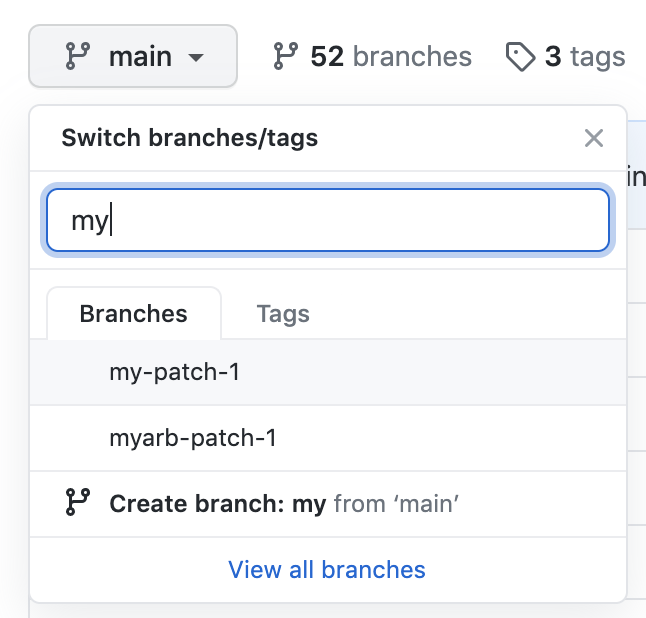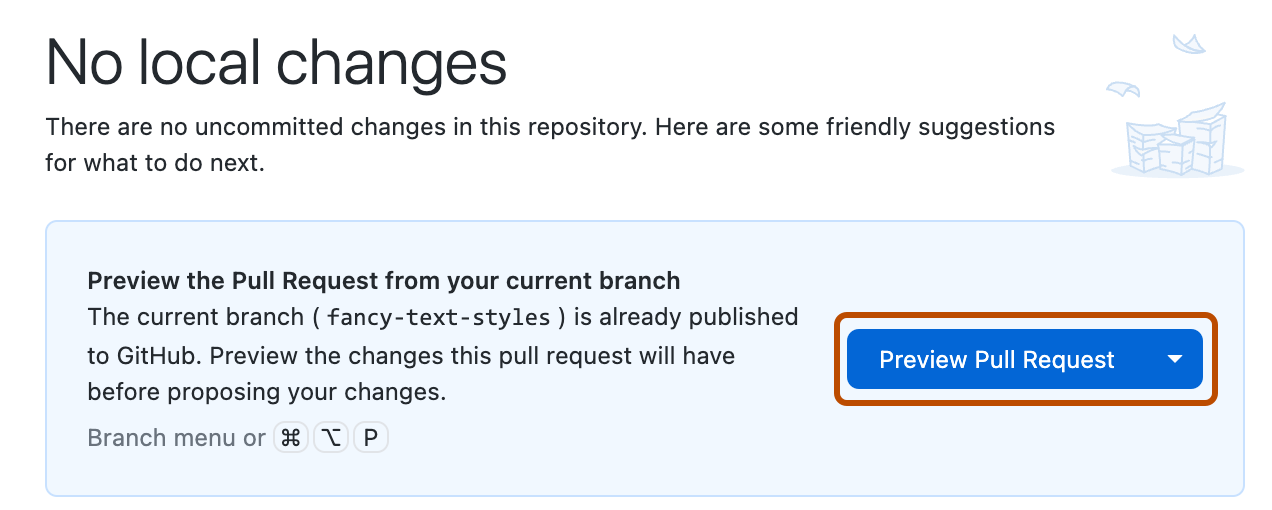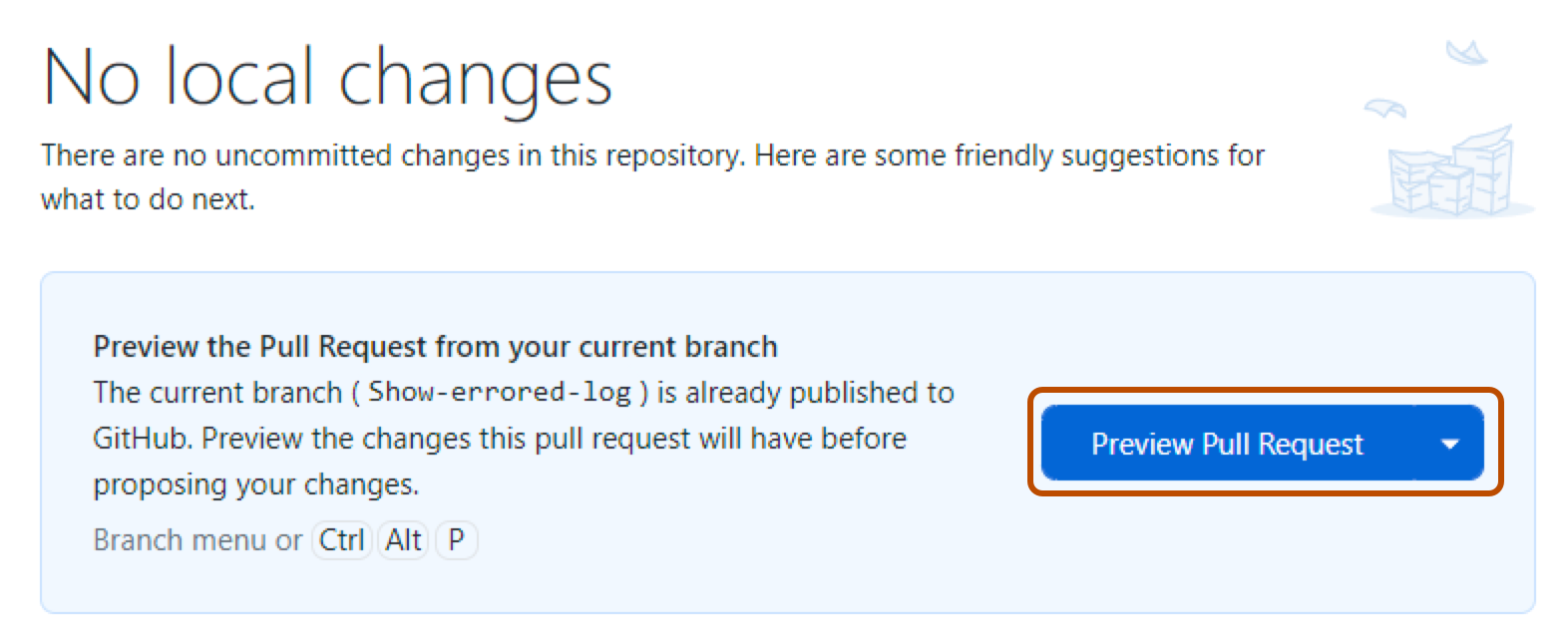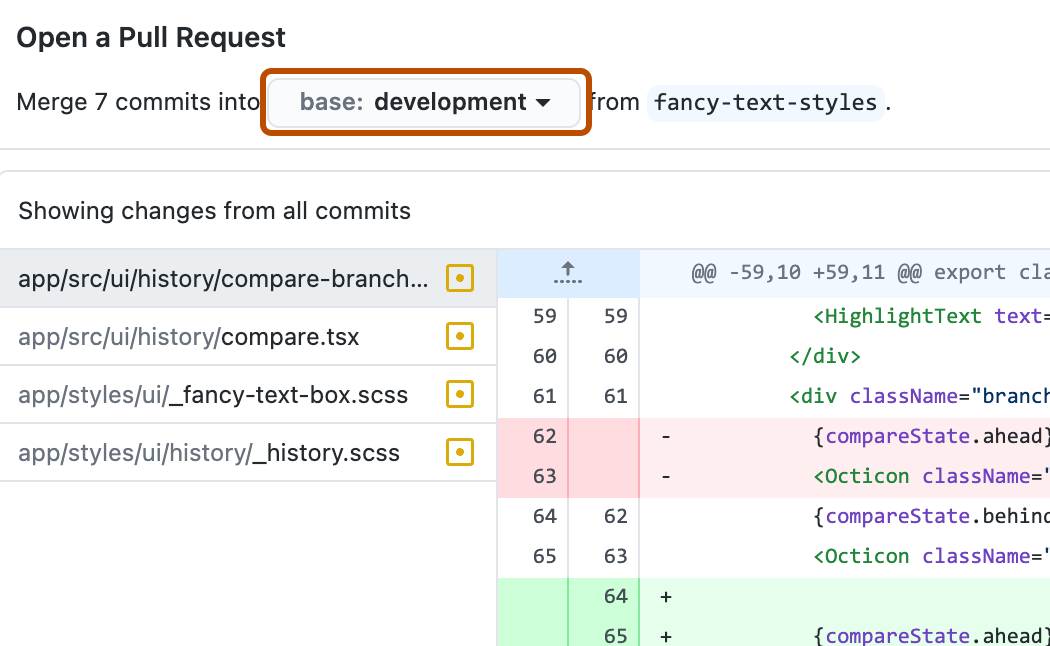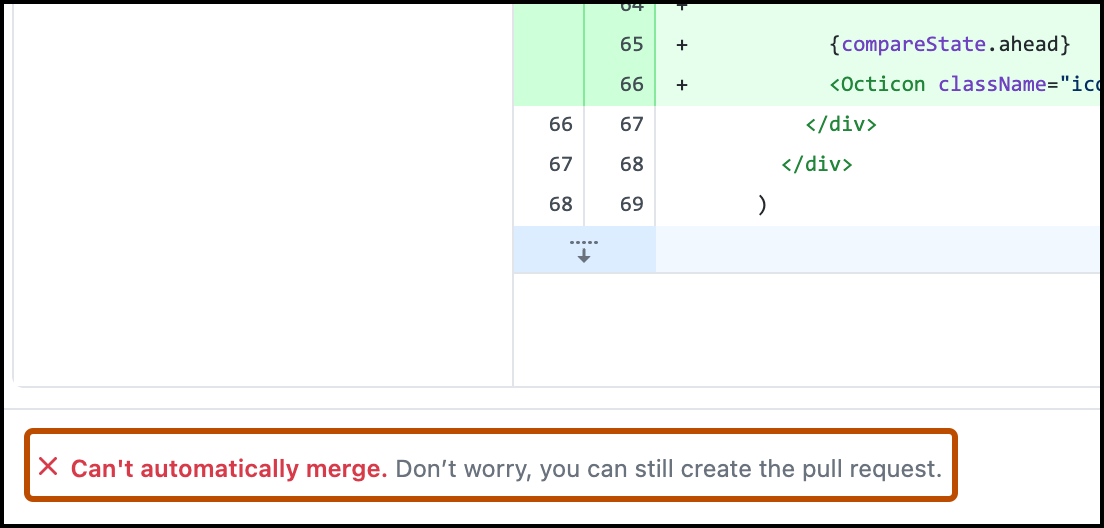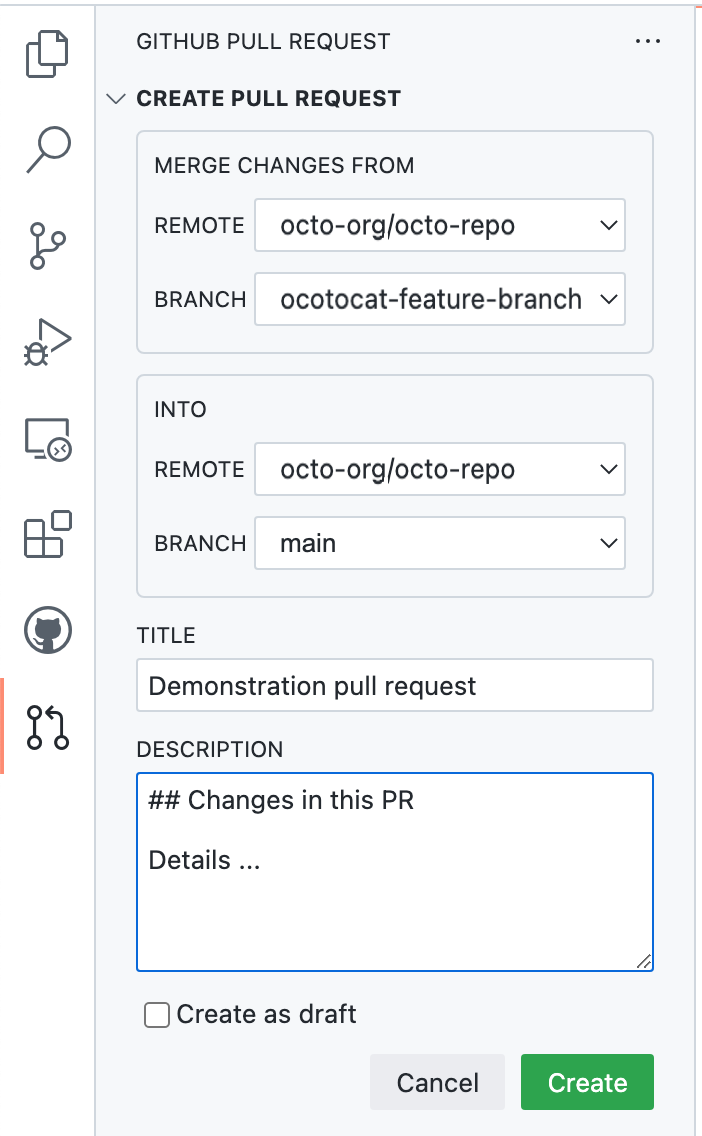If you want to create a new branch for your pull request and do not have write permissions to the repository, you can fork the repository first. For more information, see Creating a pull request from a fork and About forks.
You can specify which branch you'd like to merge your changes into when you create your pull request. Pull requests can only be opened between two branches that are different.
Note
To open a pull request in a public repository, you must have write access to the head or the source branch or, for organization-owned repositories, you must be a member of the organization that owns the repository to open a pull request.
You can link a pull request to an issue to show that a fix is in progress and to automatically close the issue when someone merges the pull request. For more information, see Linking a pull request to an issue.
Changing the branch range and destination repository
By default, pull requests are based on the parent repository's default branch. For more information, see About branches.
If the default parent repository isn't correct, you can change both the parent repository and the branch with the drop-down lists. You can also swap your head and base branches with the drop-down lists to establish diffs between reference points. References here must be branch names in your GitHub repository.

When thinking about branches, remember that the base branch is where changes should be applied, the head branch contains what you would like to be applied.
When you change the base repository, you also change notifications for the pull request. Everyone that can push to the base repository will receive an email notification and see the new pull request in their dashboard the next time they sign in.
When you change any of the information in the branch range, the Commit and Files changed preview areas will update to show your new range.
Tip
- Using the compare view, you can set up comparisons across any timeframe. For more information, see Comparing commits.
- Project maintainers can add a pull request template for a repository. Templates include prompts for information in the body of a pull request. For more information, see About issue and pull request templates.
Creating the pull request
Note
To learn more about GitHub CLI, see About GitHub CLI.
To create a pull request, use the gh pr create subcommand.
gh pr create
To assign a pull request to an individual, use the --assignee or -a flags. You can use @me to self-assign the pull request.
gh pr create --assignee "@octocat"
To specify the branch into which you want the pull request merged, use the --base or -B flags. To specify the branch that contains commits for your pull request, use the --head or -H flags.
gh pr create --base my-base-branch --head my-changed-branch
To include a title and body for the new pull request, use the --title and --body flags.
gh pr create --title "The bug is fixed" --body "Everything works again"
To mark a pull request as a draft, use the --draft flag.
gh pr create --draft
To add a labels or milestones to the new pull request, use the --label and --milestone flags.
gh pr create --label "bug,help wanted" --milestone octocat-milestone
To add the new pull request to a specific project, use the --project flag.
gh pr create --project octocat-project
To assign an individual or team as reviewers, use the --reviewer flag.
gh pr create --reviewer monalisa,hubot --reviewer myorg/team-name
To create the pull request in your default web browser, use the --web flag.
gh pr create --web
Making changes to files in your pull request
After you have opened your pull request, you can continue making changes to the files by adding new commits to your head branch.
